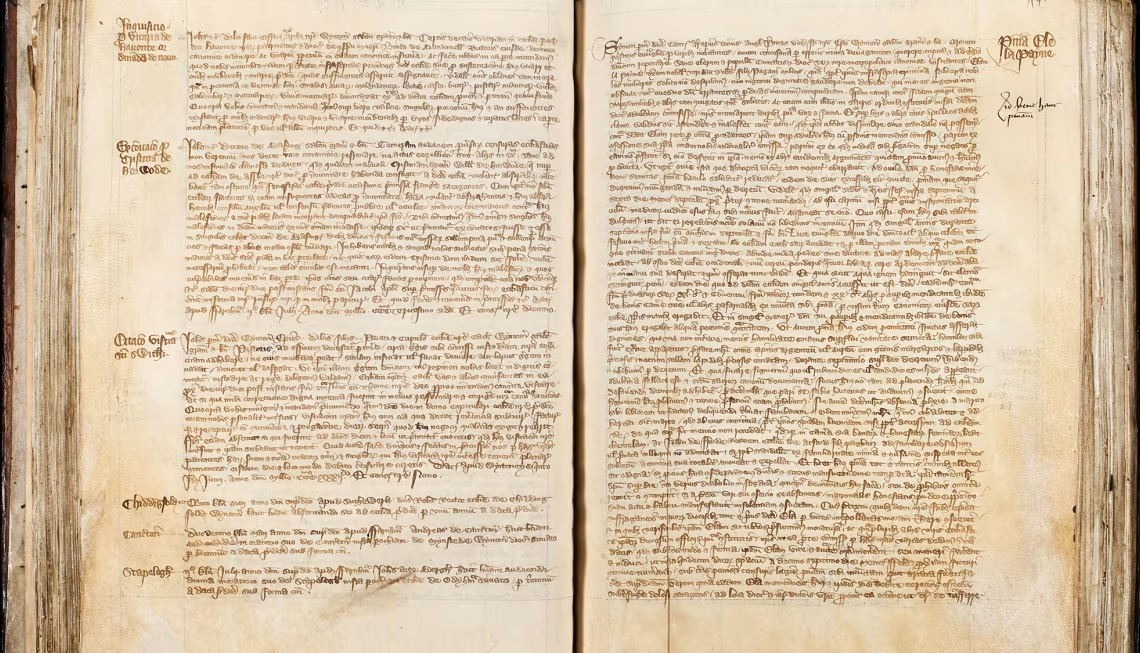In an era when justice was swift and brutal, some stories were buried too deep—until now. Reopening a 688-year-old murder case has unearthed more than just a forgotten crime; it has exposed a dark, tangled web of adultery, extortion, and betrayal that once shocked medieval England. This extraordinary case, cloaked in time and mystery, offers a rare glimpse into the corruption and complexities of 14th-century society.
The Cold Case That Time Forgot
A Glimpse into 14th Century England
To understand the significance of this historical revelation, one must first step into the world of medieval England. The year was 1337, a time marked by feudal power struggles, the rise of the Plantagenets, and the early whispers of the Hundred Years’ War. Laws were harsh, and justice was often skewed in favor of the influential. Adultery wasn’t just a moral failing—it could ruin reputations, spark vendettas, and even lead to murder.
The Victim and the Crime
The murder involved a prominent figure—Sir William de Montfort, a nobleman with ties to the crown. He was found dead under suspicious circumstances, and while an official narrative was recorded, it never sat well with local scribes. Rumors persisted for centuries: whispered tales of illicit affairs, forged documents, and power plays gone wrong. With time, the case was quietly archived in dusty court rolls and manorial records—until modern scholars revisited it with new eyes.
Reopening a 688-Year-Old Murder Case
What Sparked the Modern Reinvestigation
The breakthrough came when a group of legal historians at Oxford unearthed a series of overlooked judicial manuscripts. Among them were depositions, witness testimonies, and contradictory accounts that suggested Sir William’s death was far more than a random act of violence. Reopening a 688-year-old murder case wasn’t just an academic curiosity—it became a mission to correct the historical record.
Challenges in Reconstructing the Truth
Reopening such an ancient case comes with inherent difficulties. There were no fingerprints, no surveillance footage—only the faded ink of long-dead scribes. The researchers pieced together the puzzle using court proceedings, property disputes, and even parish records. By triangulating testimonies from different regions, they found glaring inconsistencies in the official narrative.
A Scandal Beneath the Surface
Adultery Among the Aristocracy
The investigation revealed a scandalous affair between Lady Eleanor, the wife of a rival nobleman, and Sir William himself. Their illicit relationship was no secret among the upper echelons but was carefully shielded from public view. Evidence suggests that this affair became the fulcrum of a larger conspiracy, one that placed Sir William in fatal jeopardy.
Extortion and the Abuse of Power
Digging deeper, historians found that Sir William had been threatened shortly before his death. A forged land deed, signed under duress, pointed to a coordinated extortion scheme. Several witnesses attested that local officials had been bribed to suppress key evidence. The original verdict, it now appears, was manipulated to protect the guilty and maintain political alliances.
The Legacy of the Case
What It Reveals About Medieval Society
Reopening a 688-year-old murder case not only changed how we view one man’s death but also revealed the broader moral decay festering within the medieval justice system. It exposed a culture where wealth and status could shield criminals, and where victims had little recourse unless they served someone’s interests.
Why It Still Matters Today
This rediscovered case serves as a reminder that the pursuit of truth has no expiration date. As much as it’s a story about medieval England, it’s also a commentary on timeless human flaws—lust, greed, betrayal—and how they shape the narratives we inherit. In our era, where cold cases are being solved with cutting-edge forensics, reopening a 688-year-old murder case shows that history, too, has its form of justice.
Conclusion
The chilling revelations uncovered by reopening a 688-year-old murder case blur the lines between past and present. As secrets long thought to be buried emerge into the light, we are reminded that even the oldest crimes still resonate with meaning. In the end, this isn’t just the story of a murder—it’s the unraveling of a medieval drama where love, power, and betrayal collide with deadly consequences.
Don’t Miss Out! Get the Latest News, Tips, and Updates from Us!


